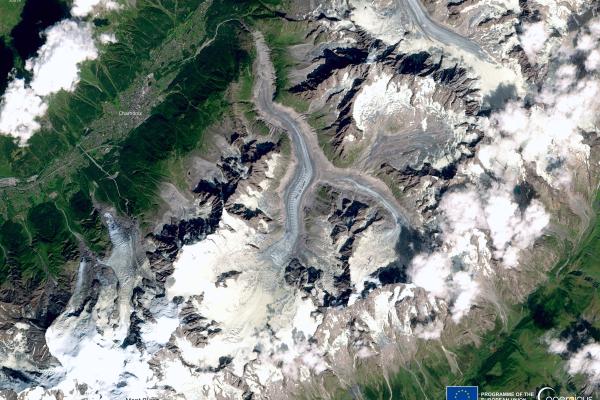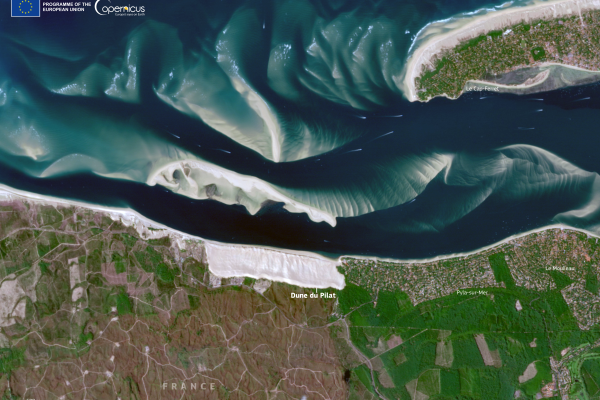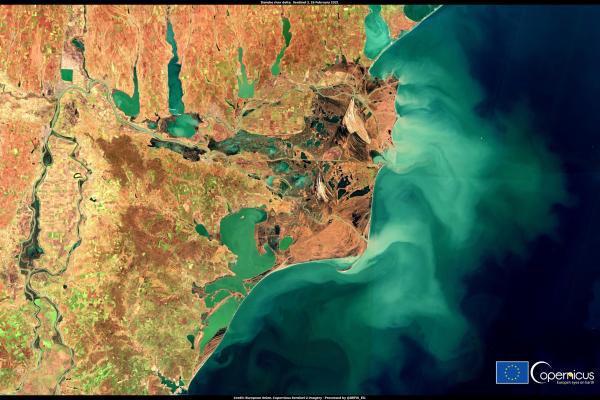
Natura 2000 is a network of nature conservation sites across Europe: sites which provide homes to many wonderful plants and animals that are important for Europe’s biodiversity. However, in many sites, the habitats they depend on are threatened. The problems affecting Natura 2000 habitats and species are often complex and need to be addressed through collaboration. The EU Biodiversity Strategy to 2030 calls for significant improvements in the conservation status of species and habitats protected under the EU Birds and Habitats Directives.
In 2012, the European Commission launched the Natura 2000 biogeographical process to help meet this target. This multi-stakeholder cooperation process included seminars, workshops and cooperation activities aimed at enhancing the effective implementation, management, monitoring, financing and reporting of the Natura 2000 network at a biogeographic level. The process assists Member States and key stakeholders to manage Natura 2000 as a coherent ecological network.
The biogeographical regions
The European Union has nine terrestrial biogeographical regions, each with its own characteristic blend of vegetation, climate and geology. Sites of Community Importance are selected according to each region on the basis of national lists submitted by each Member State within that region. Working at this level makes it easier to conserve species and habitat types under similar natural conditions across a suite of countries, irrespective of political and administrative boundaries. Together with the Special Protection Areas designated under the Birds Directive, the Sites of Community Importance selected for each biogeographical region make up the ecological Natura 2000 network which spans all 27 countries of the EU.
Marine areas
in 2022 the terrestrial and marine elements were split, and a new biogeographical process in the marine regions was formed.
The biogeographical process
The Natura 2000 biogeographical process included work carried out under the Biodiversity Strategy, and in particular the pledge and review process for targets for improving conservation trends for protected species and habitats, as well as for the targets on terrestrial protected areas.
The process was divided into three steps for each biogeographical region:
Step 1: introductory meetings to plan next steps and specify the pledges that each Member State must submit.
- a list of species and habitats for which they intend to achieve a strong positive trend by 2030, covering at least 30% of all species and habitats not currently in favourable/secure status
- an explanation of the criteria that have been used for selecting the species and habitats
- the measures they intend to put in place to ensure the achievement of the strong positive trends for each of the species and habitats
- the measures they intend to put in place to avoid deterioration for all other species and habitats not on the list.
Step 2: (between 2023 and June 2024): face-to-face biogeographical region-level seminars to discuss and review the initial pledges made by Member States. National pledges may then be reviewed on the basis of the conclusions of those meetings.
Step 3: one virtual meeting to assess implementation in view of an interim evaluation of progress.









